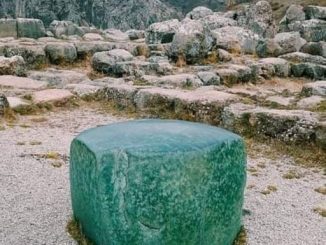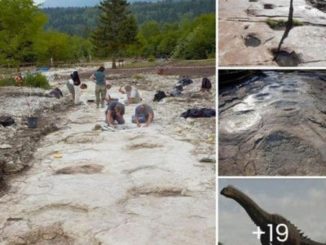In the annals of archaeology, some discoveries leave an indelible mark on our understanding of ancient civilizations and their beliefs. Such is the case with the remarkable burial site known as Vedbaek ‘The swan’s wing burial’ Tomb 8, unearthed in Denmark. Dating back to 4000 BC, this burial site contains the remains of a young woman and her newborn child, with the infant delicately placed on the wing of a swan. Join us as we delve into the intriguing symbolism and significance of this ancient burial, shedding light on the beliefs and practices of our distant ancestors.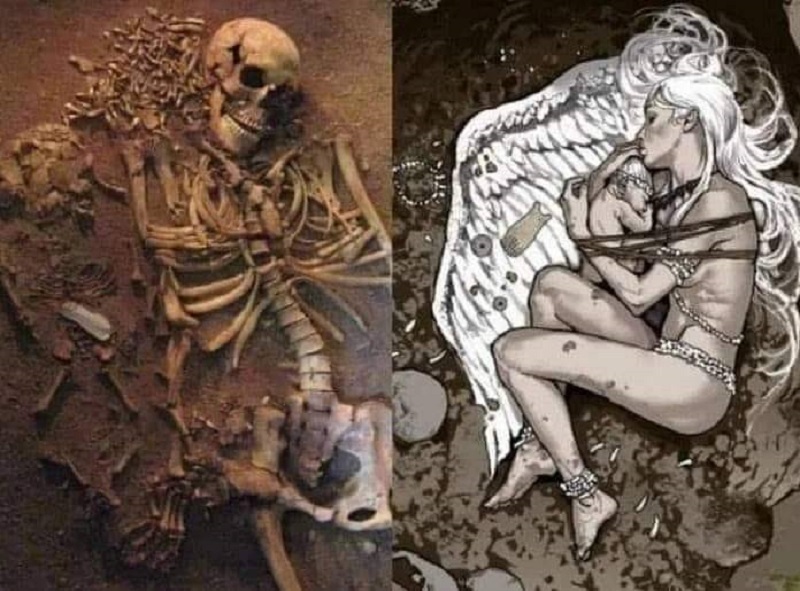
Unveiling the Mystery of Vedbaek ‘The Swan’s Wing Burial’
Vedbaek ‘The swan’s wing burial’ Tomb 8 stands as one of the most famous archaeological finds in Denmark, offering a tantalizing glimpse into the customs and rituals of the Neolithic period. The burial site contains the remains of a young woman, possibly deceased due to childbirth complications, and her premature baby, tenderly placed on the wing of a swan. This poignant arrangement has sparked much debate among archaeologists, with interpretations ranging from symbolism of purity to the swan’s ability to transcend water, land, and air.
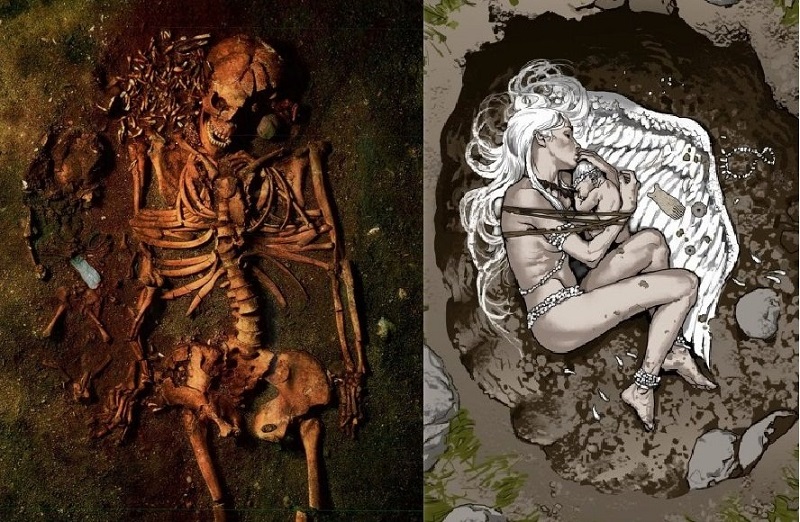
Care in Death: A Testament to Beliefs and Practices
What sets Vedbaek ‘The swan’s wing burial’ Tomb 8 apart is not only the striking symbolism of the swan’s wing but also the care with which the bodies were interred. The disordered state of the mother’s ribs suggests that she may have been resting on an organic “pillow,” indicating a belief that the spirit remained with the body even in death. This tender care for the deceased reflects the deep reverence and respect for the departed held by the ancient inhabitants of Vedbaek.
Interpreting the Symbolism: Purity, Transcendence, and Beyond
The symbolism of placing the newborn child on the swan’s wing has intrigued archaeologists and historians for decades. Some suggest that it represents purity, while others see it as a metaphor for the swan’s ability to traverse different realms – water, land, and air. Whatever the interpretation, Vedbaek ‘The swan’s wing burial’ Tomb 8 serves as a poignant reminder of the intricate beliefs and rituals that shaped the worldview of ancient societies.
Witnessing History: Exploring Vedbaek ‘The Swan’s Wing Burial’
For those eager to delve deeper into the mysteries of Vedbaek ‘The swan’s wing burial’ Tomb 8, a visit to the site or exploration of online resources provides a unique opportunity to witness history firsthand. By studying the artifacts and remains unearthed at the site, visitors can gain a deeper understanding of the lives and beliefs of our Neolithic ancestors, offering a profound connection to the past.
Vedbaek ‘The swan’s wing burial’ Tomb 8 stands as a testament to the enduring fascination and importance of archaeology in unraveling the mysteries of our past. Through careful study and interpretation, archaeologists offer insights into the beliefs, practices, and customs of ancient civilizations, enriching our understanding of human history and culture. As we marvel at the symbolism and significance of this ancient burial site, let us also reflect on the meaning and benefits of archaeology for us today.
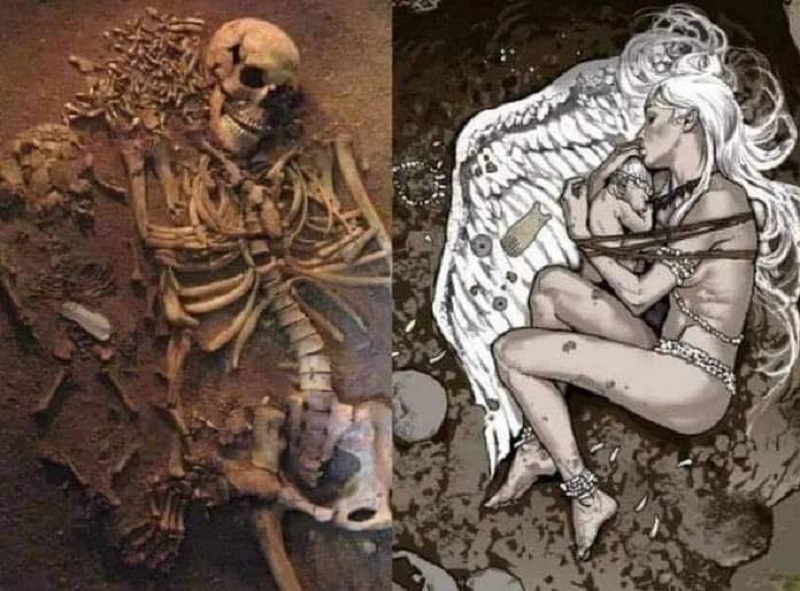
The Meaning and Benefits of Archaeology for Us:
The study of archaeology not only enriches our understanding of the past but also provides valuable insights into our own lives and societies. By exploring the beliefs and practices of ancient civilizations like those at Vedbaek, we gain a deeper appreciation for the diversity and complexity of human culture. Moreover, archaeology fosters a sense of connection and continuity with our ancestors, reminding us of the shared human experience across time and space. Through our engagement with archaeology, we can uncover new perspectives, challenge assumptions, and gain a deeper understanding of the world around us.
